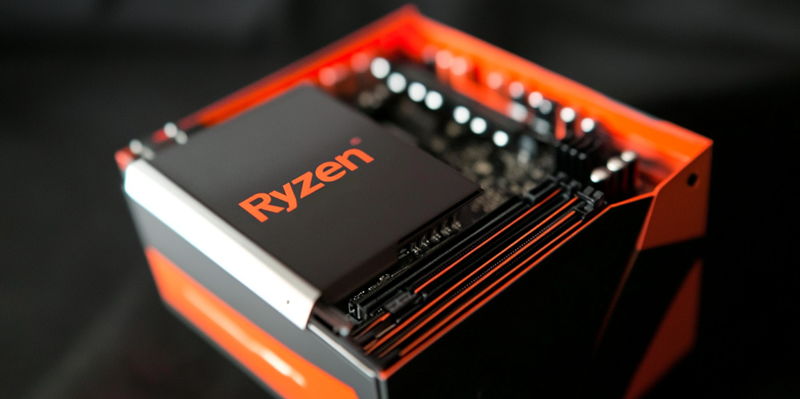In the world of gaming and high-performance computing, the introduction of the AMD Ryzen 7 9800X3D has captured significant attention, particularly for its groundbreaking overclocking capabilities. A key moment came when Asus China’s Tony Yu, a renowned overclocking expert, successfully pushed the new processor to an impressive 6.9 GHz using liquid nitrogen cooling. This dramatic enhancement skyrocketed its performance in Counter-Strike 2, hitting an astonishing 1,200 fps—far above the usual 500-900 fps range seen without overclocking. Such feats highlight the processor’s potential to redefine the standards of what gaming and overclocking enthusiasts can expect.
Innovations in Architecture and Thermal Management
One of the most noteworthy improvements in the Ryzen 7 9800X3D is the innovative repositioning of AMD’s 3D V-cache. In previous models, the V-cache was positioned on top of the core complex die (CCD), which often led to thermal issues, consequently capping clock speeds. However, in the new design, the V-cache is now situated below the CCD. This change significantly improves thermal management and overall performance, eliminating the necessity of compromising on CPU clocks due to overheating concerns. With these enhancements, AMD has created a platform that isn’t just focused on gaming enthusiasts but is also attractive to a broader market, including various high-performance computing applications.
The repositioning of the 3D V-cache beneath the CCD allows for better heat dissipation and reduces thermal bottlenecks, subsequently allowing the processor to maintain higher clock speeds over prolonged periods. This architectural advancement is a game-changer, positioning the Ryzen 7 9800X3D as a versatile and high-performing choice for users who demand more from their computing resources. Such innovations have not only increased performance but also broadened the scope of applications where the X3D series can be beneficial, marking a significant evolution in AMD’s approach to processor design.
Market Impact and Future Potential
In the gaming and high-performance computing realm, the AMD Ryzen 7 9800X3D’s debut has generated substantial buzz, largely due to its remarkable overclocking capabilities. A pivotal moment occurred when Tony Yu from Asus China, a distinguished overclocking professional, successfully overclocked the new processor to a staggering 6.9 GHz using liquid nitrogen cooling. This significant enhancement elevated its performance in Counter-Strike 2, achieving an extraordinary 1,200 fps—well beyond the typical 500-900 fps range seen without overclocking.
This achievement underscores the processor’s potential, potentially setting new benchmarks for gaming and overclocking aficionados. The AMD Ryzen 7 9800X3D not only promises heightened performance but also opens doors for new possibilities in gaming experiences. By pushing the limits of what current processors can achieve, this breakthrough highlights the evolving landscape of gaming technology, illustrating the dynamic advancements that continue to shape the industry and suggesting a future where such high performance could become more attainable for enthusiasts.

